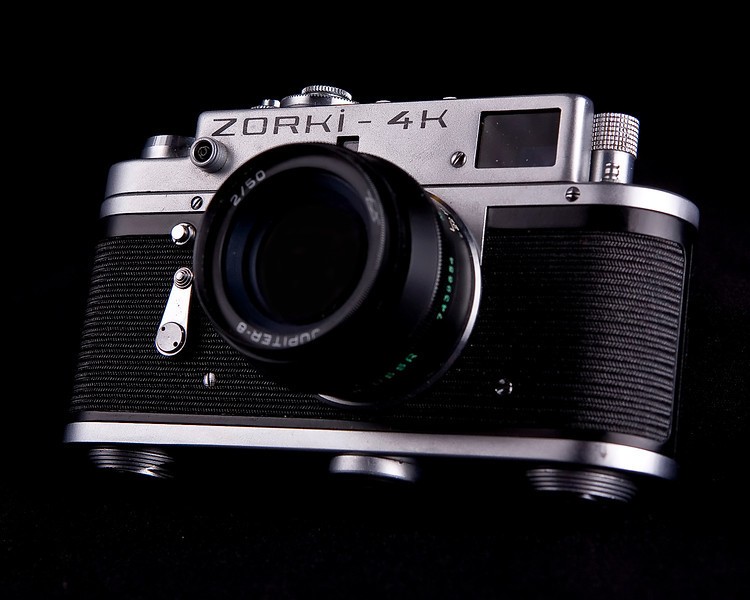jwbryson1
TPF Noob!
- Joined
- Apr 21, 2011
- Messages
- 4,280
- Reaction score
- 949
- Can others edit my Photos
- Photos OK to edit
I moved my tiny studio to my unfinished basement so I would have more room to work and to kill some of the ambient light that plagues me on the upper floors. Now that I'm in the basement, I am trying to figure out how much ambient lighting is "okay" to get the shots I want. I am trying to shoot simple portraits with a blacked out background. I have a black muslin backdrop and a 10'x12' black muslin backdrop laid out on the floor. I have eliminated most of the ambient light (I'm working with a single bulb just to see what I am doing). Seems kind of silly to be working in the "dark" but it is the only way I can get the muslin on the floor to be completely clipped.
Issues I am having:
1. My photos are coming out very grainy. I'm shooting with a Nikon D90, ISO 250 to 400, f/8 to f/13, and 1/250. Anybody know why the images are so grainy under these conditions?
2. Any suggestions for having the muslin under the subjects be clipped like the background?
Thanks!
Issues I am having:
1. My photos are coming out very grainy. I'm shooting with a Nikon D90, ISO 250 to 400, f/8 to f/13, and 1/250. Anybody know why the images are so grainy under these conditions?
2. Any suggestions for having the muslin under the subjects be clipped like the background?
Thanks!

 I covered that window because it seemed to be having an effect even at 1/200.
I covered that window because it seemed to be having an effect even at 1/200.












